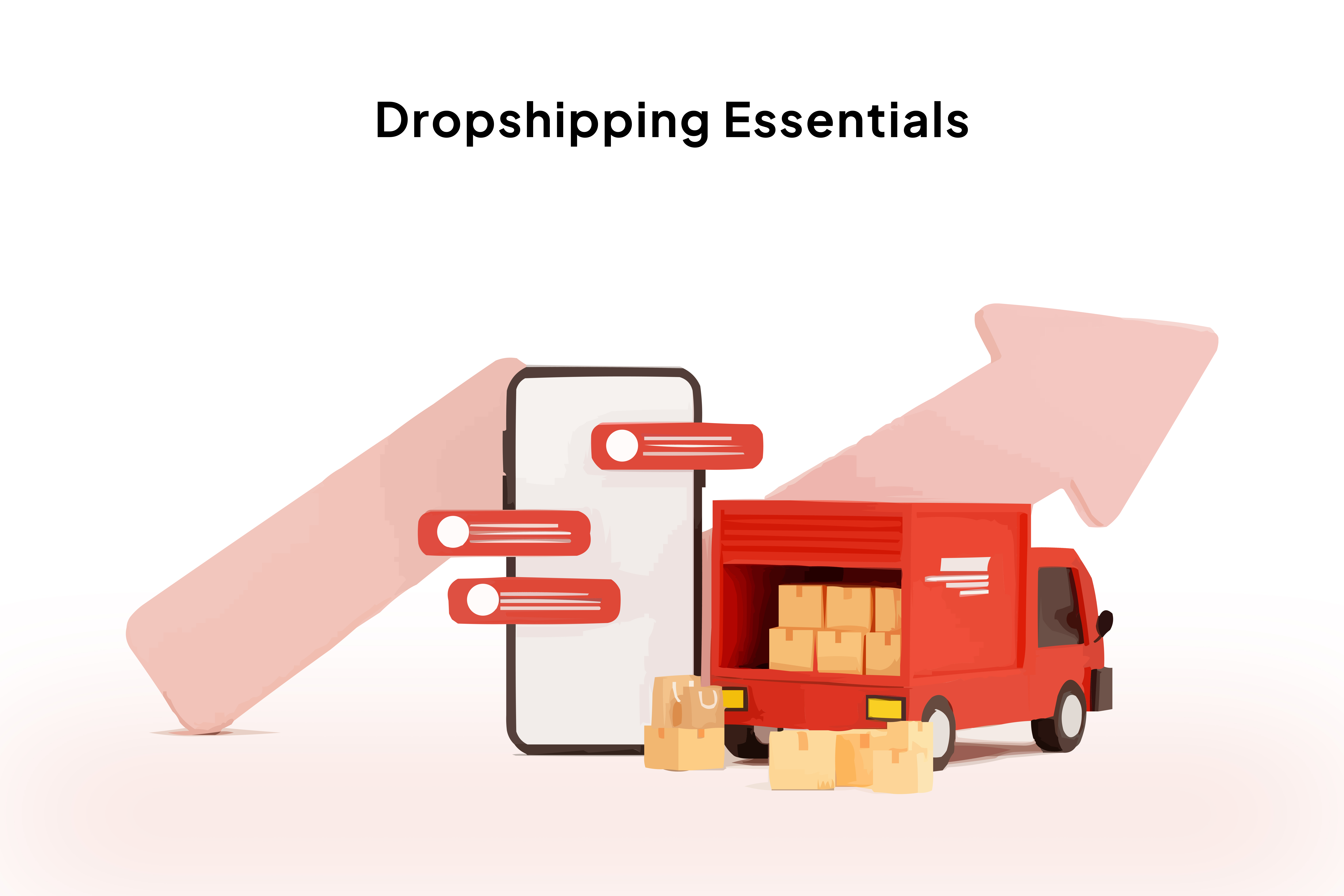Entrepreneurs are continuously seeking innovative business models to thrive and succeed. One such model that has garnered significant attention in recent years is dropshipping. Dropshipping offers a unique opportunity for both newcomers and seasoned entrepreneurs to establish an online retail business with minimal upfront investment, providing the potential for passive income and the freedom to operate from anywhere. This article will provide a thorough examination of the concept of dropshipping, its advantages and challenges, and the essential steps to initiate a successful dropshipping venture.
Understanding Dropshipping
At its core, dropshipping is a fulfilment model that allows online retailers to source products directly from suppliers and manufacturers, who then undertake the responsibility of shipping these products directly to the customers. This innovative approach eliminates the need for retailers to maintain extensive inventories, manage warehousing logistics, or engage in the complexities of traditional retail supply chains. As a result, dropshippers can focus their efforts on marketing strategies and delivering exceptional customer service, which distinguishes this business model from traditional retail operations.
Advantages of Dropshipping
Dropshipping offers a plethora of advantages, rendering it an attractive option for aspiring entrepreneurs. First and foremost, it requires significantly less capital to commence business operations, as there is no need to invest in large quantities of inventory. This lowers the financial risk for newcomers entering the ecommerce arena. Additionally, dropshipping simplifies the supply chain, thus easing scalability, as an increase in orders does not necessitate proportional increases in labour and infrastructure. Entrepreneurs can also test market demand by listing and selling products before committing to larger inventory purchases, mitigating the risk of investing in unsellable products. The model offers the allure of location independence, allowing entrepreneurs to operate from anywhere with an internet connection.
Challenges in Dropshipping
While dropshipping presents an array of benefits, it is essential to acknowledge the challenges it entails. The absence of proprietary, branded products leaves dropshippers vulnerable to competition. Supplier errors, although beyond their control, can negatively impact customer satisfaction and reputation. Furthermore, profit margins may be limited, as drop-shipped products are typically not exclusive, making it challenging to command substantial markups. Product customizability is also restricted, as dropshippers must work with the products available from suppliers. Longer shipping times, often ranging from 19 to 35 days, can be a source of concern for customers seeking expedited delivery.
The Mechanics of Dropshipping
The dropshipping process involves a series of steps. Entrepreneurs select products to offer in their online stores and set the retail prices. They then promote these products through various marketing channels to attract customers. When a customer places an order and makes a payment, the dropshipper notifies the supplier, pays the wholesale price, and provides shipping information. The supplier takes care of packaging and shipping the product directly to the customer. The dropshipper retains the difference between the retail and wholesale prices as their profit.
Setting Up a Dropshipping Business
To establish a legitimate dropshipping business, certain steps must be followed. Entrepreneurs should decide on a suitable business structure, legally register the business, establish a dedicated business checking account and credit card, and ensure compliance with tax regulations in their respective regions. These legal and financial prerequisites are crucial for building trust with suppliers and gaining access to wholesale pricing.
Product Selection and Market Research
Selecting the right products is fundamental to a dropshipping business's success. Niche markets are recommended, as they reduce competition and cater to specific consumer preferences. Several criteria, such as pricing, minimum advertised pricing, marketing potential, accessories, rarity, and size, should be considered when evaluating product choices. Employing SEO tools like semrush and Google Trends, can aid in product research and validation.
Competitive Analysis
Conducting a competitive analysis is a critical aspect of product selection. It helps entrepreneurs gauge the level of competition in their chosen niche. An excessive amount of competition may impede market entry, while too little competition can indicate a limited market size. Researching top-ranking sites and evaluating how they present their products can provide insights into the competitive landscape.
Dropshipping offers an accessible pathway to enter the world of commerce with relatively low financial risk. However, it is not without its challenges, and success requires careful product selection, market research, and competitive analysis. By understanding the mechanics of dropshipping and adhering to essential business setup steps, aspiring entrepreneurs can position themselves for a successful venture in the competitive world of online retail.




